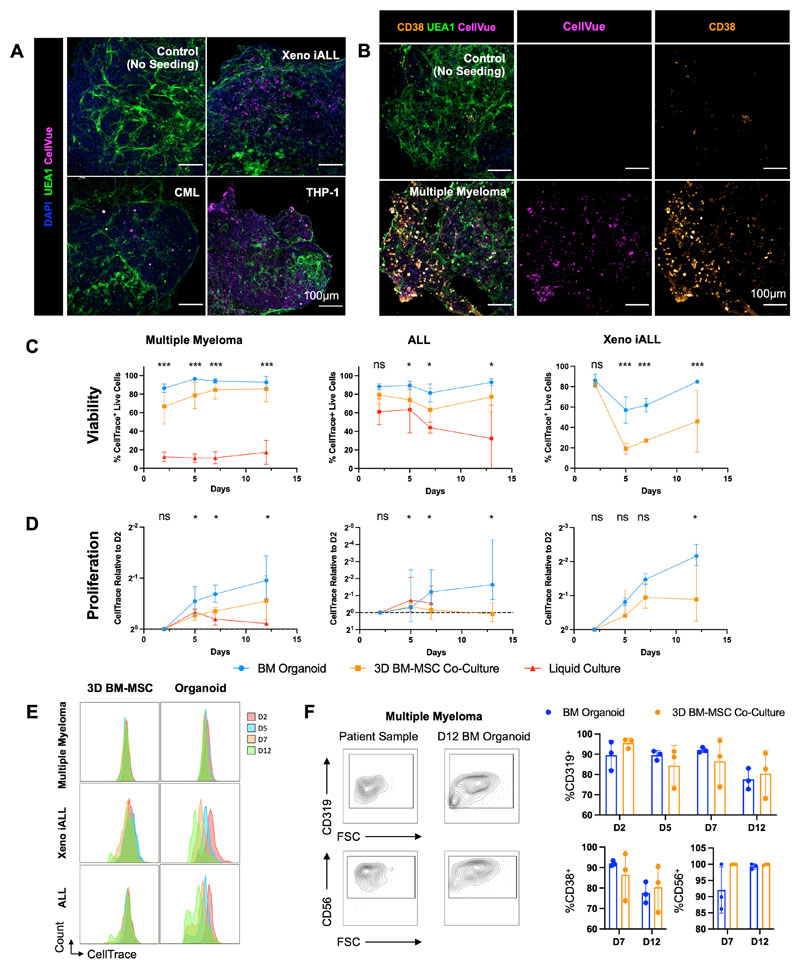Figure 7. Bone marrow organoids support the engraftment, survival and proliferation of cells from patients with myeloid and lymphoid hematological malignancies.
(A) Organoids engrafted with CellVue-labelled model infant acute lymphoblastic leukemia cells from xenografts (Xeno iALL), primary cells from a patient with untreated chronic myeloid leukemia (CML) and THP-1 cells, an acute myeloid leukemia cell line. CellVue+ cells are visible throughout the volume of organoids. (B) Organoids seeded with CD138+ cells isolated from bone marrow aspirates of patients with multiple myeloma show CellVue+ CD38+ plasma cell engraftment. (C, D, E) Viability and proliferation of cells from 4 donors with multiple myeloma, 6 donors with acute lymphoblastic leukemia (ALL) and 3 Xeno iALL samples seeded simultaneously in the organoids, a 3D co-culture with primary human bone marrow mesenchymal stromal cells (3D BM-MSC), and where possible, liquid culture. (E) Serial dilution of CellTrace label, indicating cell proliferation, for multiple myeloma, Xeno iALL and ALL cells in 3D BM-MSC and organoids on days 2, 5, 7 and 12 following thawing and plating. (F) Engrafted multiple myeloma cells retained their immunophenotype at d12, with more consistent maintenance of CD319 and CD38 in organoids than 3D BM-MSC. Representative images shown. * p < 0.01, ** p < 0.05, *** p < 0.001. n = 4 for multiple myeloma, n = 3 for Xeno iALL and n = 3 for ALL, with each repeat comprised of a separate donor-Two-Way ANOVA with repeated measures and multiple comparisons (organoid cultures vs. 3D BM-MSC) (Fisher’s LSD) for ALL and multiple myeloma, multiple un-paired T-Test for Xeno iALL data.

